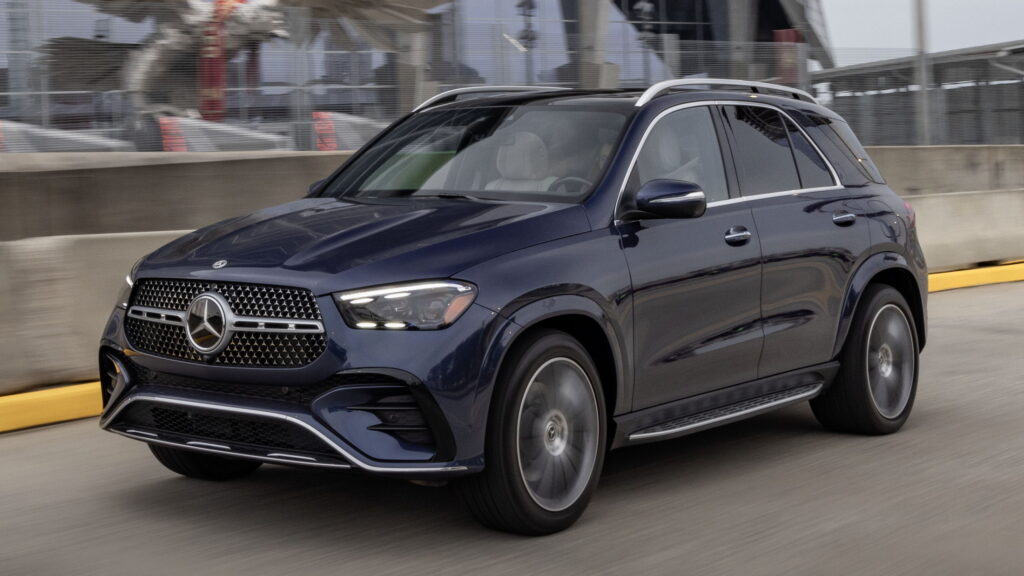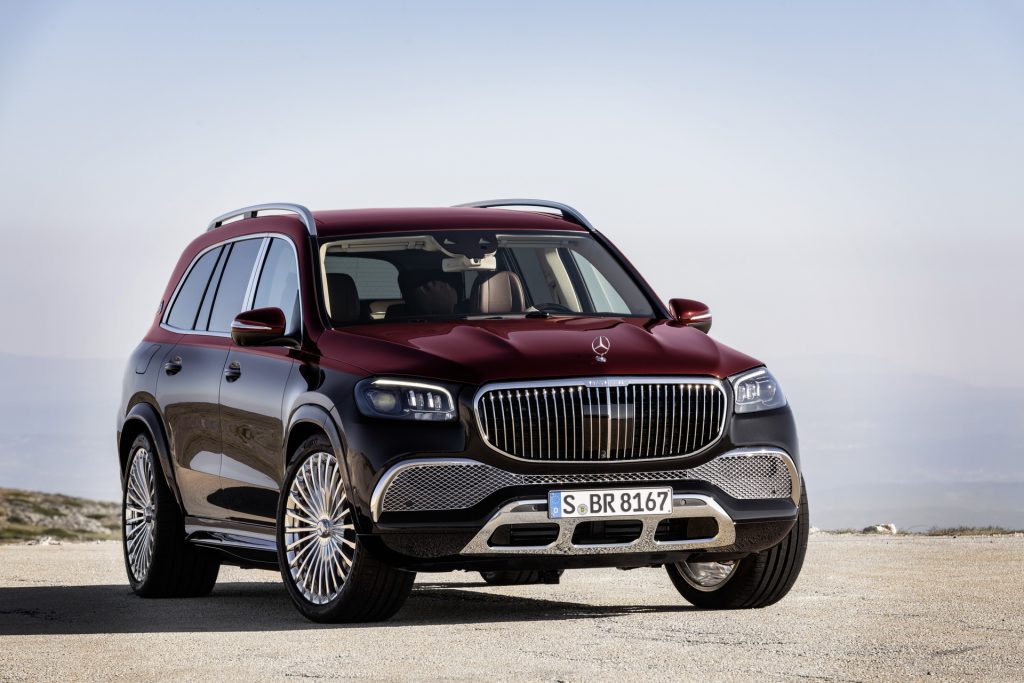
- Impacted models include the Mercedes GLE, GLS, and some Maybach models.
- Mercedes-Benz has blamed a US-based supplier for the improper adhesive.
When you spend a small fortune on a luxury vehicle, you’re not just paying for the badge, you also expect everything to feel like it was assembled with surgical precision. So it’s more than a little surprising when something as basic as a rearview mirror becomes a point of failure. Yet that’s exactly what’s happening with a new recall affecting a handful of recent Mercedes-Benz and Maybach models in the United States.
var adpushup = window.adpushup = window.adpushup || {que:[]};
adpushup.que.push(function() {
if (adpushup.config.platform !== “DESKTOP”){
adpushup.triggerAd(“0f7e3106-c4d6-4db4-8135-c508879a76f8”);
} else {
adpushup.triggerAd(“82503191-e1d1-435a-874f-9c78a2a54a2f”);
}
});
In this case, the issue stems from the adhesive used to mount the rearview mirror to the inside of the windshield in 26 vehicles nationwide.
Read: Ford Keeps Botching Repairs, Issues Two New Recalls Of Previous Recalls
According to the automaker, the glue holding the mirror in place didn’t meet internal specifications. As a result, the mirror could loosen, partially detach, or in the worst case, fall off entirely. If this happened to a 25-year-old car with a sagging headliner and a dashboard held together with duct tape, it might be forgivable. But in a brand-new 2024 or 2025 Mercedes? Not exactly confidence-inspiring.
A Small Part With Big Consequences
Having the rearview mirror fall off won’t just prevent drivers from seeing out the rear window. The assembly also houses a multi-purpose camera and other sensors crucial for the onboard driver assistance systems. If these systems stop working, it may increase the risk of a crash.
Mercedes notes that one of its suppliers is to blame. That supplier is AGC Automotive Americas Co. in Michigan. A production deviation was identified as the cause for the adhesive joints not having the required retention forces to meet the carmaker’s standards.

Vehicles built between June 5, 2024, and October 12, 2024, are impacted. These include the 2025 Mercedes-AMG GLS 63 and 63 S models, the 2025 Mercedes-AMG GLS 53 SUV and Coupes, the 2025 Maybach GLS 600, as well as the 2025 GLE 450 4Matic, GLE 450 4Matic Coupe, and GLE 450e 4Matic models. A single 2024 GLE 350 4Matic is also involved.
So far, Mercedes says it hasn’t received any warranty claims, field reports, or customer complaints related to the issue. Dealers have been instructed to replace the windshields and reinstall both the rearview mirrors and the embedded camera systems in affected vehicles.
var adpushup = window.adpushup = window.adpushup || {que:[]};
adpushup.que.push(function() {
if (adpushup.config.platform !== “DESKTOP”){
adpushup.triggerAd(“bb7964e9-07de-4b06-a83e-ead35079d53c”);
} else {
adpushup.triggerAd(“9b1169d9-7a89-4971-a77f-1397f7588751”);
}
});


